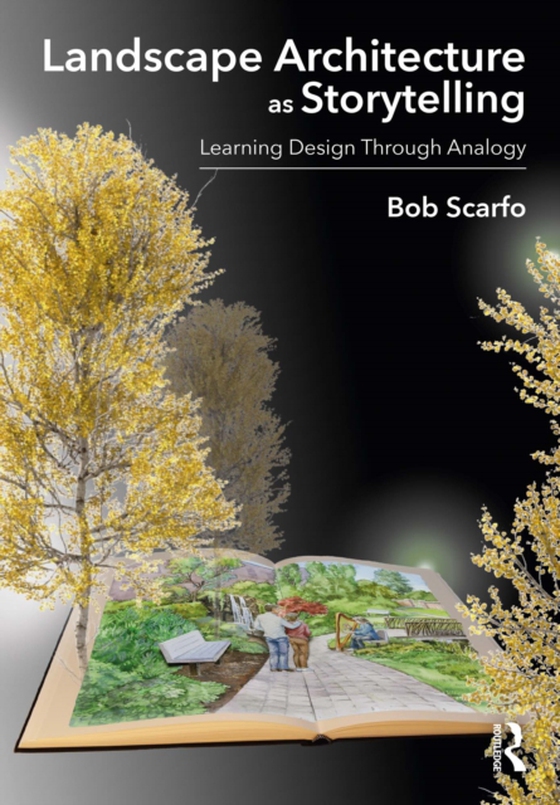
Landscape Architecture as Storytelling e-bog
370,35 DKK
(ekskl. moms 296,28 DKK)
This book introduces students, practitioners, and laypeople to a comfortable approach to learning landscape architectural design free of design jargon and derived from their existing knowledge. A step-by-step process has readers consider their knowledge of language as metaphorically related to basic design and landscape design. Through information delivery and questioning processes, readers bui...
E-bog
370,35 DKK
Forlag
Routledge
Udgivet
30 november 2022
Længde
298 sider
Genrer
Architecture: professional practice
Sprog
English
Format
epub
Beskyttelse
LCP
ISBN
9781000779677
This book introduces students, practitioners, and laypeople to a comfortable approach to learning landscape architectural design free of design jargon and derived from their existing knowledge. A step-by-step process has readers consider their knowledge of language as metaphorically related to basic design and landscape design. Through information delivery and questioning processes, readers build on what they already know, their tacit understanding of language as applied to problem solving and storytelling. Everyone is a storyteller.Taken one step at a time through a three-tiered analogy of language, basic design, and landscape design, readers learn the makeup and role of such design features as points, lines, planes, volumes and sequential volumetric spaces that make up their worlds. With that, in a sense, new world view, and numerous questions and examples, readers begin to see that they in fact daily read the environments in which they live, work, play, raise families, and grow old. Once they realize how they read their surroundings they are helped to recognize that they can build narratives into their surroundings. At that point the existence of authored landscape narratives finds readers understanding a design process that relies on the designer-as-author, landscape-as-text, and participant, user-as-reader. That process has the reader write a first- or second-person narrative, visually interpret the written narrative into a storyboard, and turn the storyboard into a final design, the physical makeup of which is read by those who participate in it.
 Dansk
Dansk

